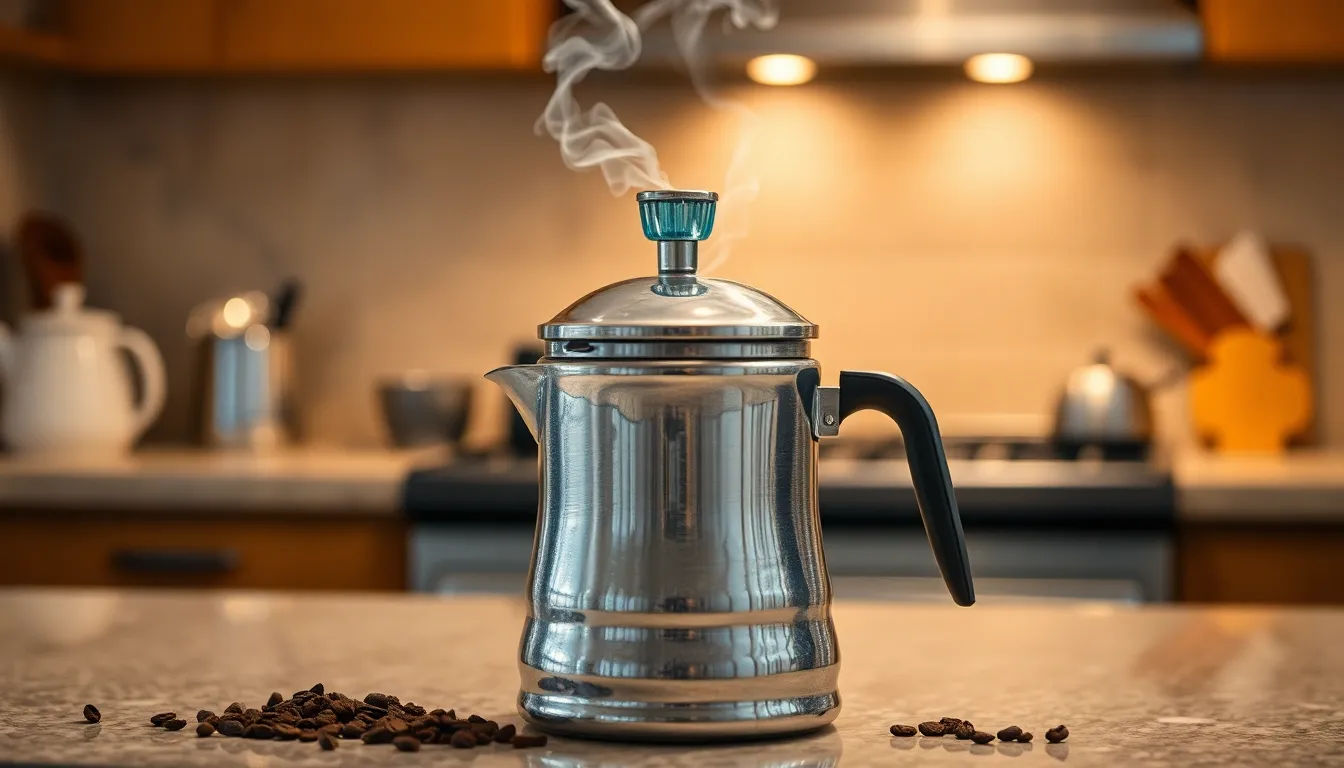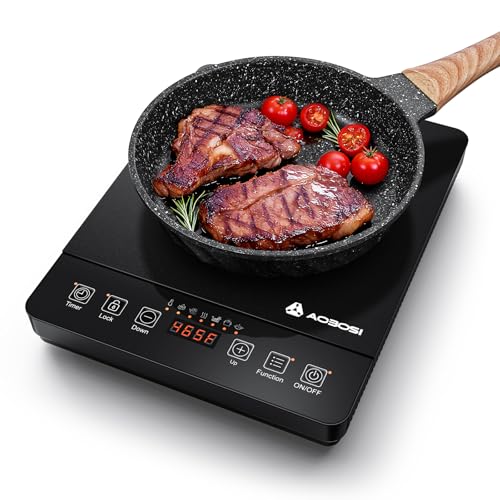Ever wondered how a coffee percolator works to brew that perfect cup of morning joe? This seemingly simple device actually operates on fascinating principles of physics to extract rich flavors from your coffee grounds.
A percolator creates a continuous cycle where water heats at the bottom, rises through a tube, and then rains down over coffee grounds. This cycling process allows water to pass through the grounds multiple times, creating a stronger brew than many other methods. While modern brewing techniques have gained popularity, many coffee enthusiasts still appreciate the percolator’s classic approach and distinctive results.
What Is a Coffee Percolator?
A coffee percolator is a brewing device that cycles hot water through coffee grounds repeatedly until the desired strength is achieved. It consists of a pot with a small chamber at the bottom, a vertical tube leading to a perforated basket containing coffee grounds at the top. The continuous cycling creates coffee that’s typically stronger and more robust than other brewing methods.
Percolators come in two main varieties: stovetop and electric. Stovetop models are heated directly on a burner or campfire, offering portability for outdoor enthusiasts. Electric percolators feature self-contained heating elements with temperature controls, making them convenient for home use.
The design of percolators has remained relatively unchanged since their invention in the 1800s. Their distinctive bubbling sound during brewing serves as an auditory indicator of the brewing process. Many coffee lovers appreciate percolators for their ability to produce a full-bodied cup with deep flavor notes that other brewing methods can’t replicate.
Unlike drip coffee makers that pass water through grounds only once, percolators create a continuous cycle of extraction, resulting in a more concentrated brew. This cycling process extracts more oils and compounds from the beans, producing coffee with pronounced intensity and character that appeals to those who prefer a bold cup.
The Essential Components of a Percolator
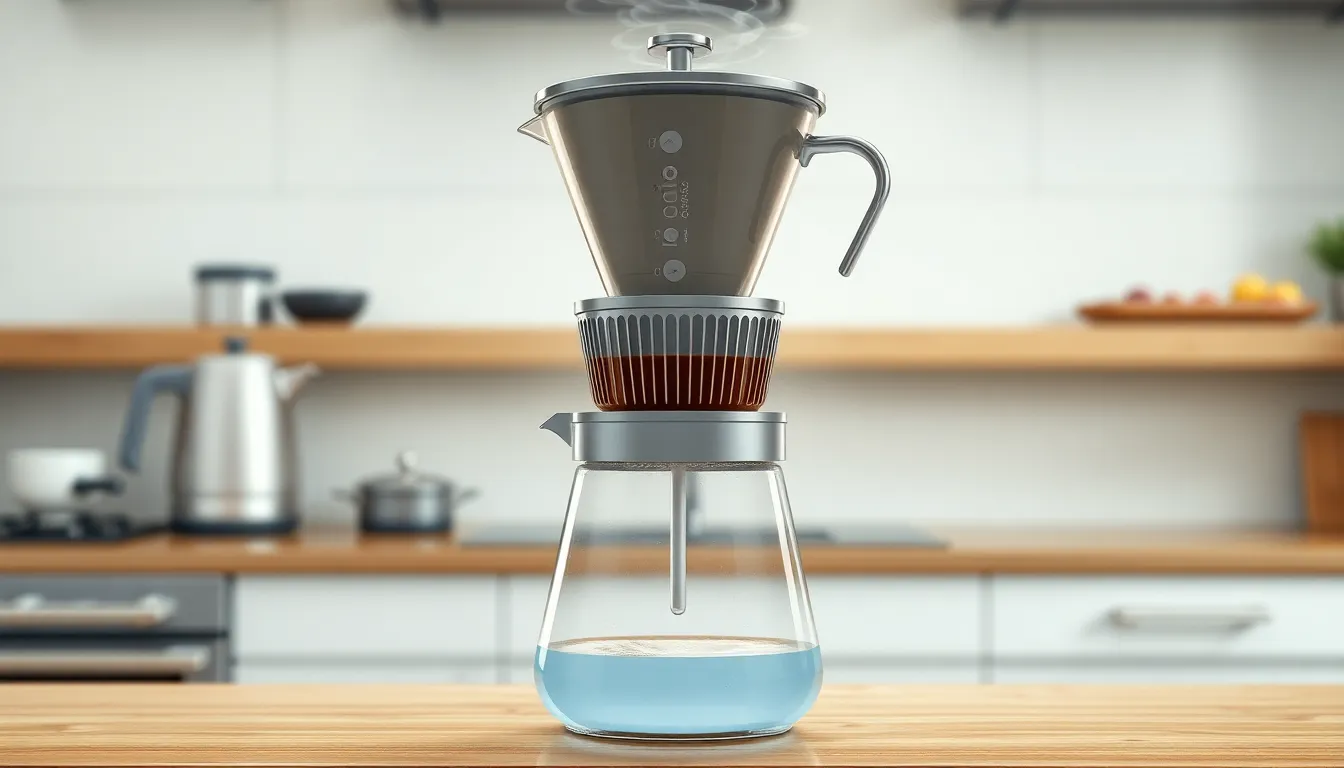
A coffee percolator’s functionality relies on three key components working together to create its distinctive brewing action. Each element plays a crucial role in the continuous cycling of water through coffee grounds, resulting in a robust and flavorful cup of coffee.
The Chamber System
The chamber system forms the foundation of a percolator’s design, featuring a bottom chamber that holds water directly above the heat source. When you place your percolator on a stovetop or plug in an electric model, this chamber heats up rapidly, causing the water to boil. The boiling action creates steam and bubbles that serve as the driving force behind the entire percolation process. These bubbles build pressure within the chamber, initiating the upward movement of hot water through the system.
The Percolator Tube
The percolator tube stands as the central pathway in the brewing mechanism, extending vertically from the bottom chamber to the top of the device. A distinctive funnel-like structure sits at the base of this tube, engineered specifically to capture rising bubbles and water from the boiling chamber. As these bubbles accumulate, they push hot water upward through the tube with increasing force. Once the water reaches the top of the tube, it showers downward onto the coffee grounds below, beginning the extraction process. This continuous upward flow creates the characteristic “perking” sound many coffee lovers associate with this brewing method.
The Basket and Filter
The basket and filter assembly sits near the percolator’s top, strategically positioned to surround the upper end of the vertical tube. This perforated basket holds coarsely ground coffee beans and allows hot water from the tube to cascade evenly over them. As water falls onto the grounds, it extracts coffee oils and flavors before dripping back down into the bottom chamber. The perforations in the basket act as a filter, preventing grounds from entering the brewed coffee while allowing the flavorful liquid to pass through. This component’s design ensures proper extraction while maintaining a clean cup, free of sediment that might otherwise affect the coffee’s quality and taste.
How Coffee Percolators Work: The Brewing Process
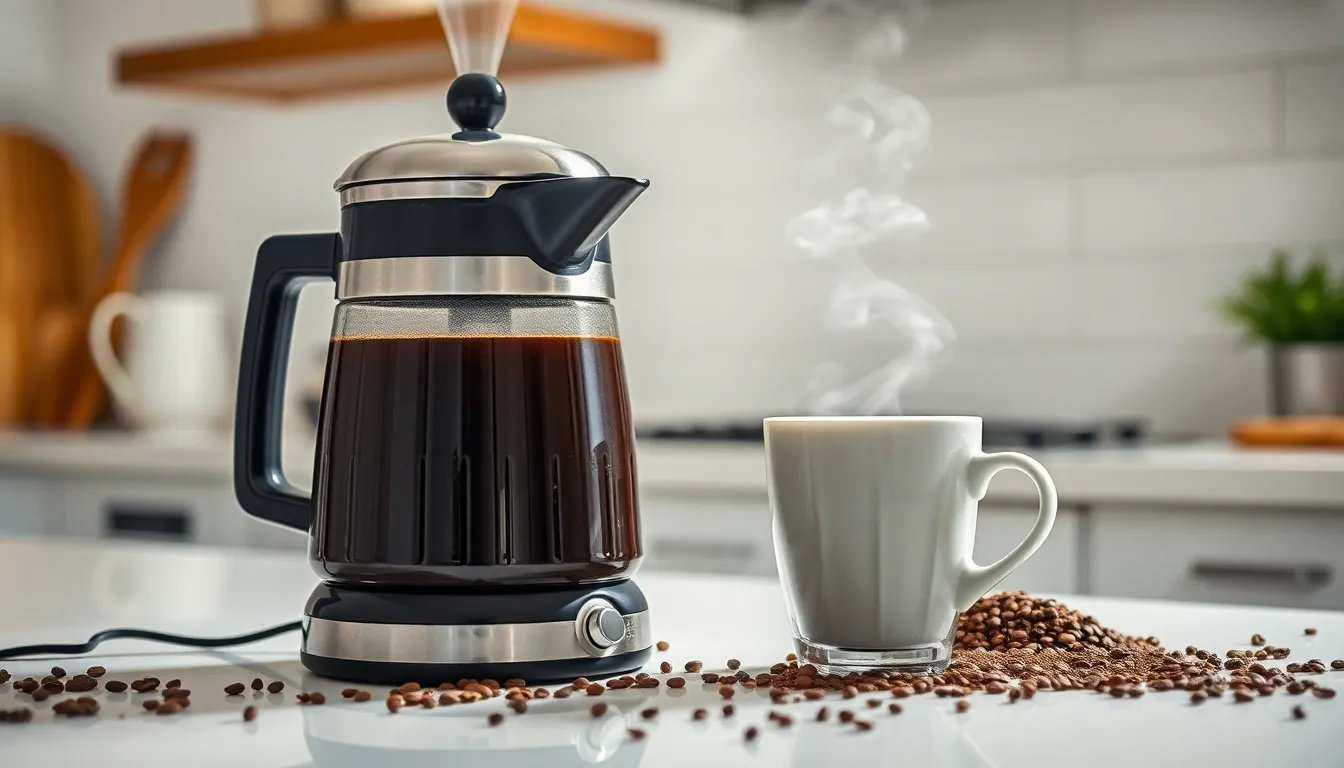
Coffee percolators operate on a fascinating cycle of water, heat, and gravity to extract rich flavors from coffee grounds. This brewing process relies on physical principles that create a continuous extraction cycle, producing a distinctive and robust cup of coffee through three main phases.
The Water Heating Phase
The percolation process begins when water in the bottom chamber reaches its boiling point. You’ll start by filling the lower chamber with fresh water, positioned below the basket that holds coarse coffee grounds. Once placed on a heat source—either a stovetop or the electric element in electric models—the water temperature rises quickly. Steam bubbles form near the heat source at the bottom of the chamber as the water approaches boiling. These expanding bubbles create pressure that forces hot water up through the central vertical tube toward the top of the percolator. This initial heating phase establishes the foundation for the entire brewing cycle, converting thermal energy into the mechanical force that drives the percolation.
The Percolation Cycle
After traveling up the tube, the hot water emerges at the top of the percolator where the real magic happens. Hot water splashes against a perforated spreader plate or the underside of the lid, distributing it evenly over the coffee grounds contained in the basket. Gravity pulls this water through the grounds, extracting soluble compounds that create coffee’s flavor and aroma. The newly brewed coffee then drips back down into the bottom chamber, rejoining the water supply. This cycle repeats continuously, with each pass creating stronger coffee as the water cycles through the grounds multiple times. You’ll notice the percolator’s sound changing from distinct “perking” noises to a continuous gurgle as brewing progresses—a natural indicator that your coffee is nearing completion.
Brew Strength and Timing
Controlling brew strength with a percolator depends primarily on managing the percolation duration. The longer the water cycles through the grounds, the stronger and more concentrated your coffee becomes. Removing or reducing heat at the appropriate moment prevents over-extraction, which can result in harsh, bitter flavors. Electric percolators typically include automatic controls that stop the heating process at optimal brewing time and then maintain temperature without continued boiling. Coarse ground coffee works best in percolators, creating proper flow resistance while preventing grounds from escaping through the basket’s perforations. Finding your preferred strength involves experimenting with brew time—typically 7-10 minutes produces full-bodied coffee with the characteristic deep flavor notes that percolator enthusiasts cherish. The continuous recycling of brewing liquid extracts more oils and flavor compounds than many other brewing methods, creating coffee with distinctive richness and intensity.
Types of Coffee Percolators
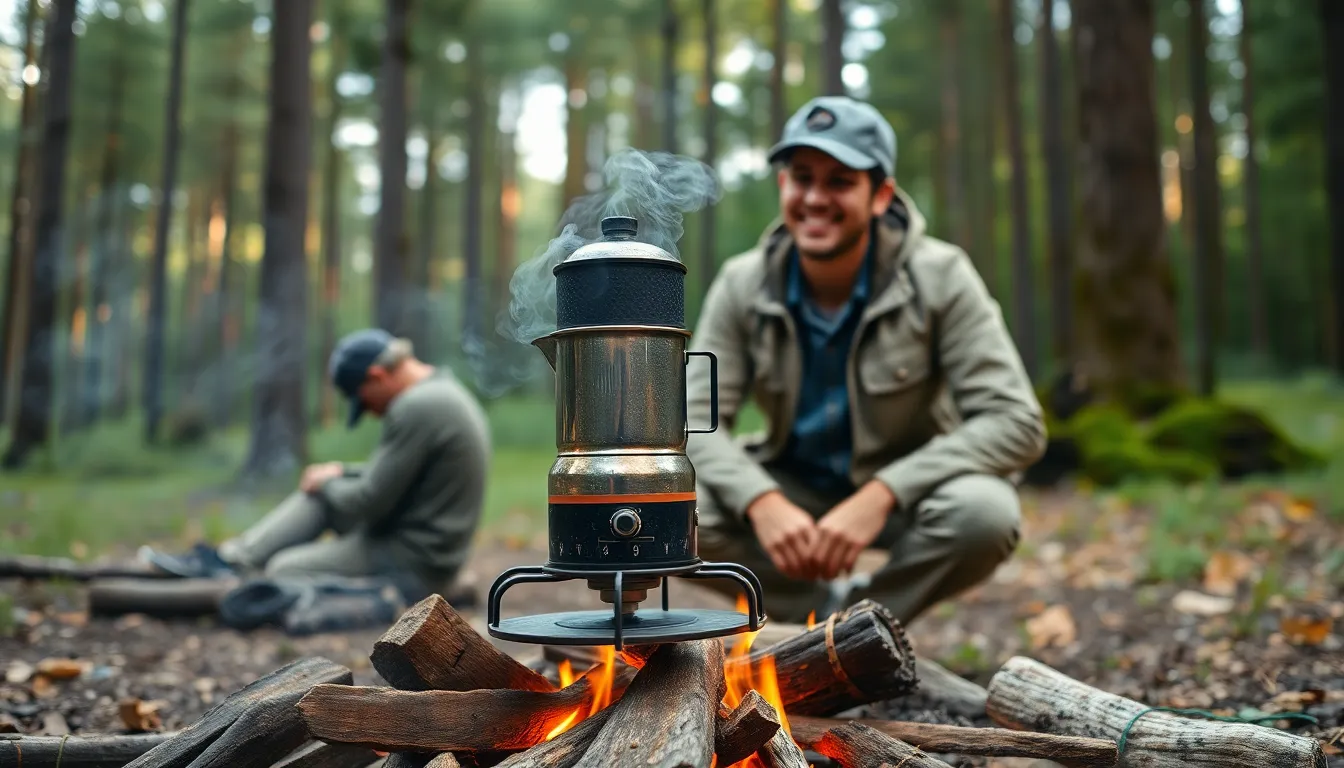
Coffee percolators come in two main varieties that operate on the same brewing principle but differ in heat source and convenience features. Both types cycle hot water through coffee grounds repeatedly to create a bold, flavorful brew, but they offer different experiences depending on your brewing preferences and circumstances.
Stovetop Percolators
Stovetop percolators represent the traditional approach to percolator brewing, requiring an external heat source for operation. These models sit directly on a stovetop, campfire, or any available heat source, making them exceptionally versatile for outdoor adventures or off-grid situations. Most stovetop percolators feature a glass knob on the lid that allows you to observe the perking action—a practical design element that helps determine when your coffee reaches optimal brewing strength. The transparent knob shows the color of the coffee as it cycles, changing from clear to amber to dark brown as brewing progresses. Manual monitoring becomes essential with these models since they lack automatic shutoff mechanisms, requiring your attention to prevent over-extraction that leads to bitterness. Coffee enthusiasts often appreciate the control stovetop models provide, allowing for customization of brewing intensity based on personal taste preferences.
Electric Percolators
Electric percolators offer modern convenience while maintaining the classic percolation brewing method. These models incorporate a built-in heating element in their base, eliminating the need for an external heat source—simply plug them into an electrical outlet and brewing begins. The primary advantage of electric models lies in their automated features, as most include temperature controls that automatically reduce heat or shut off completely once the brewing cycle completes. This automation prevents over-extraction and maintains your coffee at an ideal drinking temperature without continued boiling. Electric percolators typically feature indicator lights showing when brewing has finished, removing the guesswork from the process. Their self-contained design makes them suitable for office settings, home kitchens, or any location with reliable electricity access. Even though these modern conveniences, electric percolators maintain the distinctive rich flavor profile that percolator brewing is known for.
Tips for Using a Coffee Percolator

Brewing coffee with a percolator creates a distinctive flavor that many enthusiasts cherish. Mastering a few key techniques ensures you’ll get the best possible results from this traditional brewing method.
Choosing the Right Grind
Coarse-ground coffee works best in percolators. The larger particles prevent coffee grounds from slipping through the basket’s perforations and ending up in your cup. Fine grounds not only cause sediment issues but also lead to over-extraction, resulting in bitter coffee. When shopping for coffee, look specifically for beans labeled as “percolator” or “coarse grind” to achieve optimal results in your brewing process.
Water-to-Coffee Ratio
The standard ratio for percolator brewing is approximately 1 tablespoon of coffee per 6 oz cup of water. This baseline measurement creates a balanced cup that isn’t too weak or overpowering. Adjusting this ratio lets you customize the strength to your preference—using less coffee produces a milder brew, while adding more creates a bolder cup. Temperature control plays a critical role in maintaining quality; keep your percolator at a gentle bubbling rather than a rolling boil to prevent bitterness from repeated cycling through the grounds.
Percolator vs. Other Brewing Methods
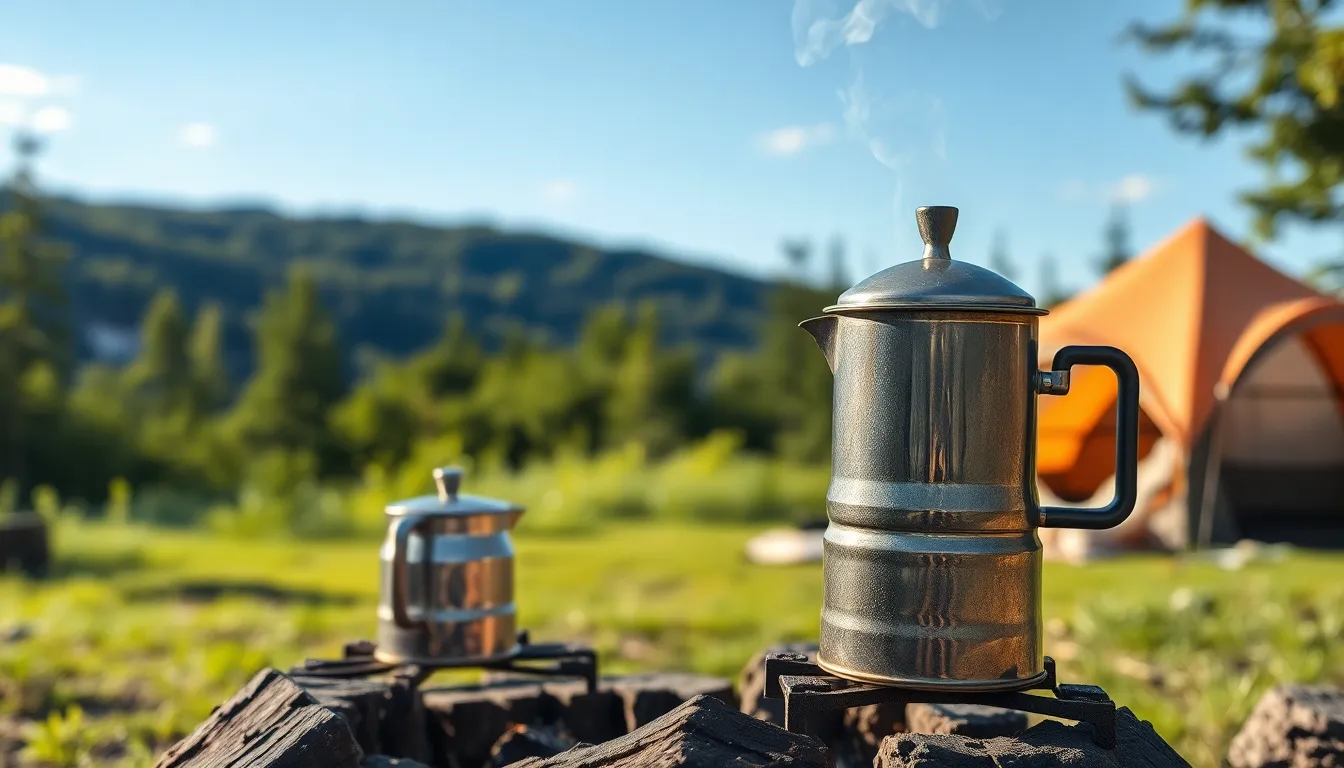
Percolators create distinctively strong coffee through their unique cycling process, setting them apart from other popular brewing methods. The continuous recirculation of near-boiling water through coffee grounds produces a robust, full-bodied flavor profile that many coffee enthusiasts appreciate. This repetitive extraction method contrasts sharply with drip or pour-over techniques, which pass water through grounds only once.
Temperature management represents a key difference between percolators and automatic brewers. Unlike drip machines that maintain optimal brewing temperatures automatically, percolators require manual heat adjustment to prevent over-extraction and bitterness. This hands-on approach gives you greater control but demands more attention during the brewing process.
The mechanical simplicity of percolators makes them particularly suitable for outdoor activities like camping or situations without electricity. Their straightforward design contains fewer components than modern brewing systems, making them durable and easy to maintain. This simplicity has kept percolators relevant even though the popularity surge of drip machines, espresso makers, and single-serve coffee systems in contemporary kitchens.
Flavor intensity separates percolator coffee from other brewing methods. The cycling process extracts more compounds from the beans, creating a stronger cup than what you’d typically get from a drip machine. Coffee connoisseurs often describe percolator brew as having deeper flavor notes with pronounced intensity—characteristics that appeal to those who prefer bold coffee.
The distinctive percolating sound adds a sensory element missing from silent brewing methods. This gentle bubbling rhythm serves as both an audible brewing timer and part of the traditional coffee-making experience that many find appealing. The characteristic “perking” sound transitions to a continuous gurgle when brewing is complete, a natural indicator that your coffee is ready.
Maintaining Your Coffee Percolator
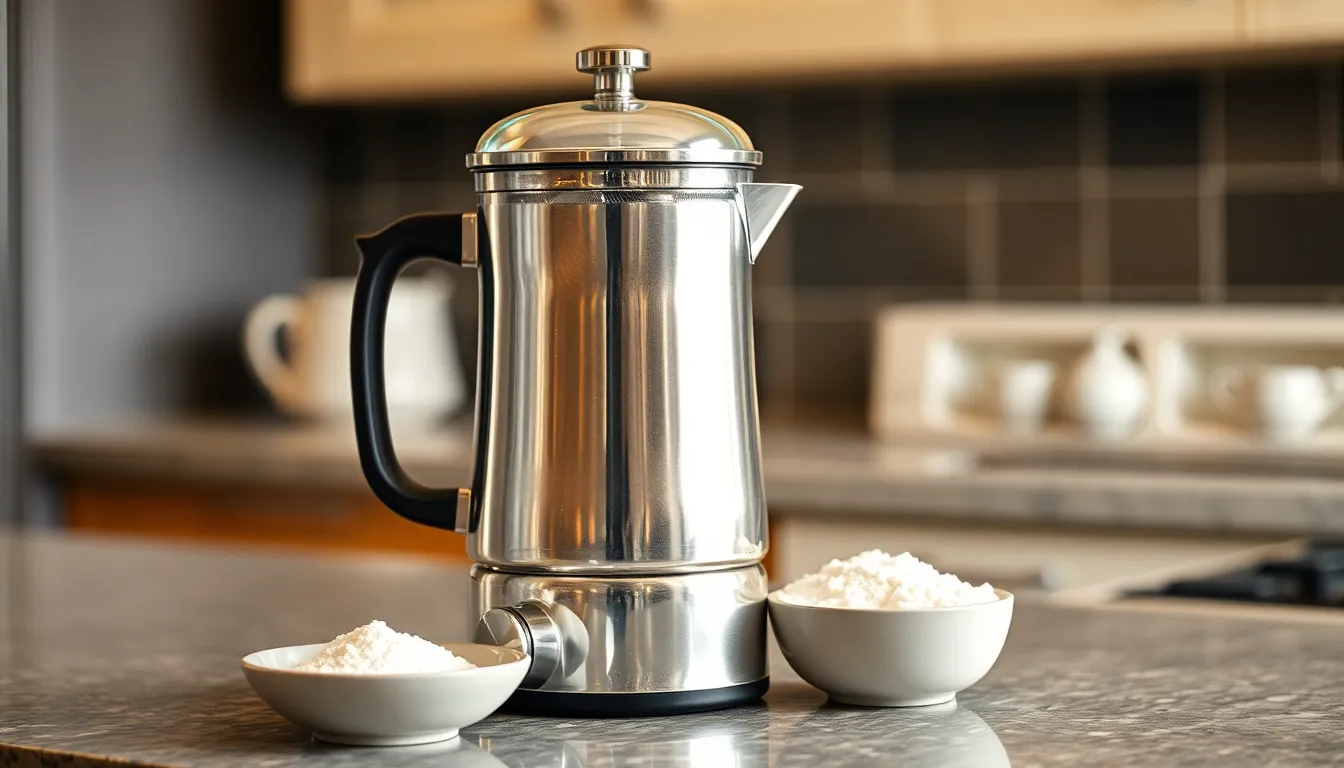
Regular maintenance of your coffee percolator ensures consistently delicious brews and extends the lifespan of your brewing equipment. Coffee oils build up quickly, affecting both flavor and performance when left uncleaned. Here’s how to keep your percolator in optimal condition:
Daily Cleaning
Clean your percolator thoroughly after each use to prevent coffee oil buildup. Disassemble all components—pot, basket, and vertical tube—and wash them with warm, soapy water. Rinse each part completely to remove soap residue that might affect future brews. For stubborn coffee stains, create a paste of baking soda and water, apply it to the affected areas, and gently scrub with a non-abrasive sponge.
Deep Cleaning and Descaling
Mineral deposits from hard water accumulate inside your percolator over time, affecting both flavor and functionality. Descale your percolator monthly by filling the water chamber with equal parts water and white vinegar. Run a brewing cycle without coffee, then run two additional cycles with clean water to remove any vinegar taste. This process effectively dissolves calcium deposits and keeps your percolator brewing efficiently.
Inspecting Components
Check all removable parts regularly for signs of wear or damage. Examine seals and gaskets on electric models for cracks that might cause leaks. Inspect the perforated basket for clogs or damage that could affect water flow. Replace any worn components promptly to maintain proper brewing performance and prevent potential safety hazards.
Electric Percolator Care
For electric models, keep the heating element clean and completely dry before storage. Never immerse the base in water—instead, wipe it with a damp cloth to remove spills and stains. Check the power cord regularly for fraying or damage, and replace the percolator if the cord shows signs of wear. Store your electric percolator in a dry cabinet to prevent moisture damage to electrical components.
Storage Practices
Store your percolator in a dry place to prevent rust and corrosion. Leave the lid slightly ajar when storing to allow air circulation and prevent musty odors. For long-term storage, apply a thin layer of cooking oil to metal components of stovetop models to prevent oxidation. Wrap the percolator in a soft cloth to protect it from scratches if storing with other kitchen equipment.
With these maintenance practices, your percolator will continue producing rich, flavorful coffee for years to come, preserving the distinctive character that makes percolator coffee a favorite among traditional brewing enthusiasts.
Conclusion
The coffee percolator stands as a testament to timeless brewing technology. Its distinctive process creates a bold rich brew that many coffee lovers still prefer over modern alternatives. You’ll find the percolator’s simplicity is its strength – with proper care and technique it can deliver exceptional coffee for years.
Whether you choose a stovetop model for outdoor adventures or an electric version for convenient home brewing the fundamentals remain unchanged. The gentle bubbling sound the robust flavor and the ritual of preparation all contribute to the percolator’s enduring appeal.
By understanding how your percolator works and following the maintenance guidelines you’ll unlock the full potential of this classic brewing method. For those who appreciate a strong full-bodied cup the percolator continues to earn its place in coffee culture.
Frequently Asked Questions
What is a coffee percolator?
A coffee percolator is a brewing device that continuously cycles hot water through coffee grounds until desired strength is achieved. It consists of a pot with a small chamber at the bottom, a vertical tube, and a perforated basket for grounds. The cycling process creates a stronger brew as water repeatedly passes through the grounds, extracting more oils and flavor compounds.
How does a coffee percolator work?
The percolator works through a continuous cycle of heating water in the bottom chamber, creating pressure that forces water up through the central tube. This hot water then rains down over the coffee grounds in the basket, extracting flavor before returning to the bottom chamber to repeat the process. This cycling continues until brewing is complete.
What are the differences between stovetop and electric percolators?
Stovetop percolators require an external heat source, making them portable and ideal for camping. They feature a glass knob to monitor brewing and require manual control. Electric percolators have built-in heating elements, automated temperature controls, and convenience features like indicator lights. They’re better suited for home or office use but deliver the same rich flavor profile.
What grind size should I use for a percolator?
Use coarse-ground coffee for percolators. This prevents fine grounds from slipping through the basket perforations and causing sediment in your cup. Coarse grounds also allow proper water flow and prevent over-extraction that can lead to bitterness. Look for beans labeled as “percolator grind” or use a grinder’s coarse setting.
What is the ideal coffee-to-water ratio for percolator brewing?
The recommended ratio is approximately 1 tablespoon of coarse-ground coffee per 6 ounces of water. This creates a balanced brew, but you can adjust based on personal preference. Use less coffee for a milder cup or more for a stronger brew. Consistency in your measurements will help achieve reliable results.
How do I prevent bitter coffee from my percolator?
Maintain a gentle bubbling temperature rather than a rolling boil. Watch brewing time carefully—most percolator coffee should brew for 7-10 minutes. Use coarse-ground coffee to prevent over-extraction. Clean your percolator regularly to remove coffee oils that can cause bitterness. Finally, remove the percolator from heat immediately once brewing is complete.
How does percolator coffee differ from other brewing methods?
Percolator coffee is distinctively stronger because water repeatedly passes through the grounds, unlike drip or pour-over methods that only pass water through once. This continuous recycling extracts more oils and compounds, creating a more robust, full-bodied cup with deeper flavor notes. The brewing process also produces a characteristic sound and offers more user control over strength.
How do I clean and maintain my coffee percolator?
Disassemble and wash components with warm, soapy water after each use. Perform monthly deep cleaning by brewing a solution of equal parts water and white vinegar to remove mineral deposits, followed by two cycles of clear water. Regularly inspect components for wear, especially in electric models. Dry thoroughly before storage to prevent rust and corrosion.
How long should coffee percolate for the best flavor?
For optimal flavor, percolate coffee for 7-10 minutes. Less than 7 minutes may result in weak, underdeveloped flavor, while more than 10 minutes can lead to bitter over-extraction. Electric percolators often have automatic timers, but stovetop models require manual timing. Watch for a change in color through the glass knob and listen as the percolating sound becomes less frequent.
Can percolators be used for camping or outdoor activities?
Yes, stovetop percolators are excellent for camping and outdoor activities. Their mechanical simplicity requires no electricity, just a heat source like a campfire or portable stove. They’re typically made of durable materials like stainless steel or aluminum that withstand rugged conditions. Many outdoor enthusiasts appreciate the ritual of percolator brewing and the rich coffee it produces in wilderness settings.

